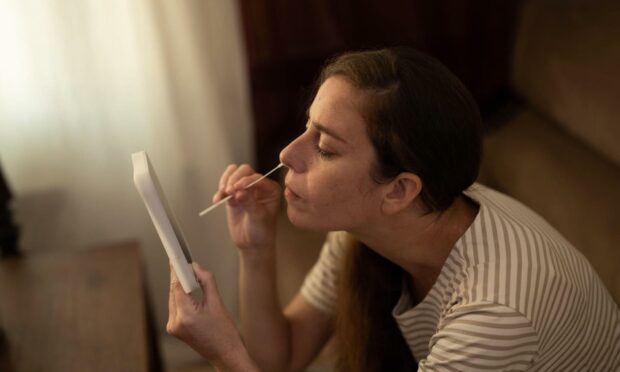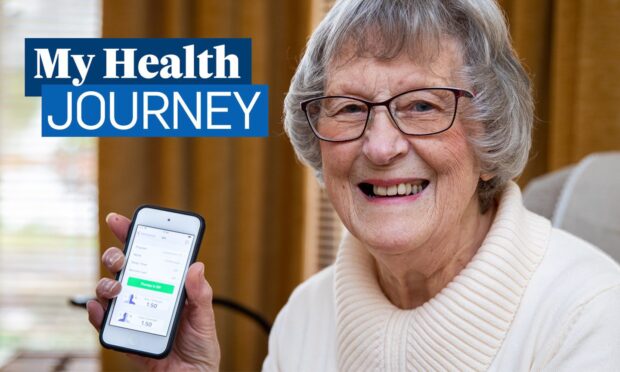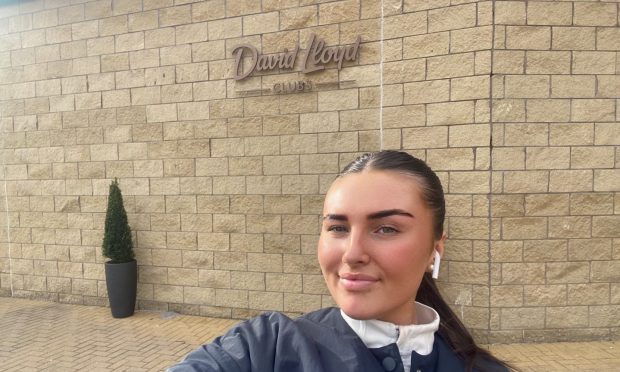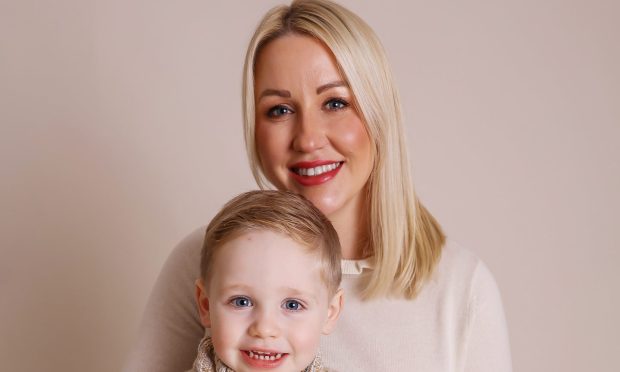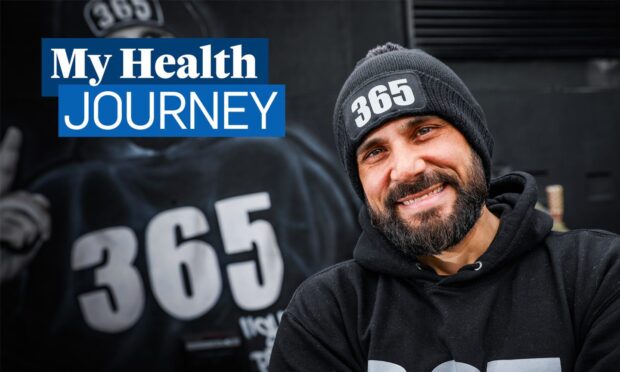With the Omicron variant spreading rapidly, many of us will be self-testing more in the run up to Christmas.
As the number of the new variant Omicron cases increases, we’ve all been advised to take lateral flow tests at least twice a week and before we socialise.
For some, swabbing the back of the throat and nose is now second nature. But what if you still find it unpleasant – or if you struggle to help with a child’s test?
There are ways to make Covid tests easier. Follow these pro tips.
Direct the swab straight – not up the nose
Some photos show people inserting the nasal swab upwards.
But to do the test correctly, and to make it more comfortable, it’s better to keep the swab nearly parallel to the ground.
“It’s probably not going into the right place if it’s going up,” says Dr Paul Ettlinger, founder of Harley Street private GP, London General Practice.
To correctly reach the nasopharynx – in the space between the back of the nose and the soft palate – he advises: “Place the swab at the beginning of the nostril and gently push it back about 2.5cm, then stop when you feel resistance.”
Hum or sing
“If you hum while taking the nasal swab it helps to distract from the tickling sensation,” says Dr Ettlinger.
“And with the throat swab, try and sing.
“This opens up the back of the pharynx, and distracts from the sensation. That’s what I tell all my patients to do.”
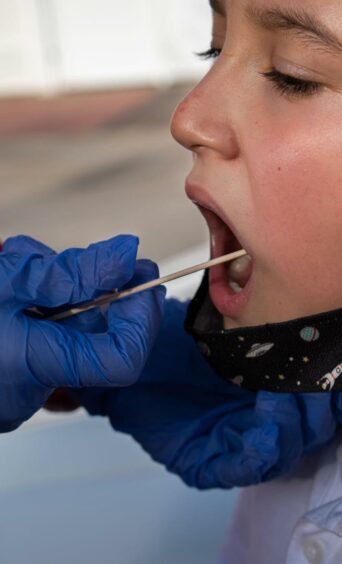
Explain testing to children
Talk children through the process and ask them to ask any questions. Or demonstrate it before doing their test.
Hussain Abdeh, clinical director and superintendent pharmacist at Medicine Direct says: “Being slightly silly about the procedure can help to make them feel more comfortable, too.
“Making a light joke about having to put something up their nose can take the seriousness out of the situation. This will make it seem less of a big deal to the child.”
Don’t keep checking the result
Does waiting to see if one or two red lines will appear on the lateral flow test stress you out?
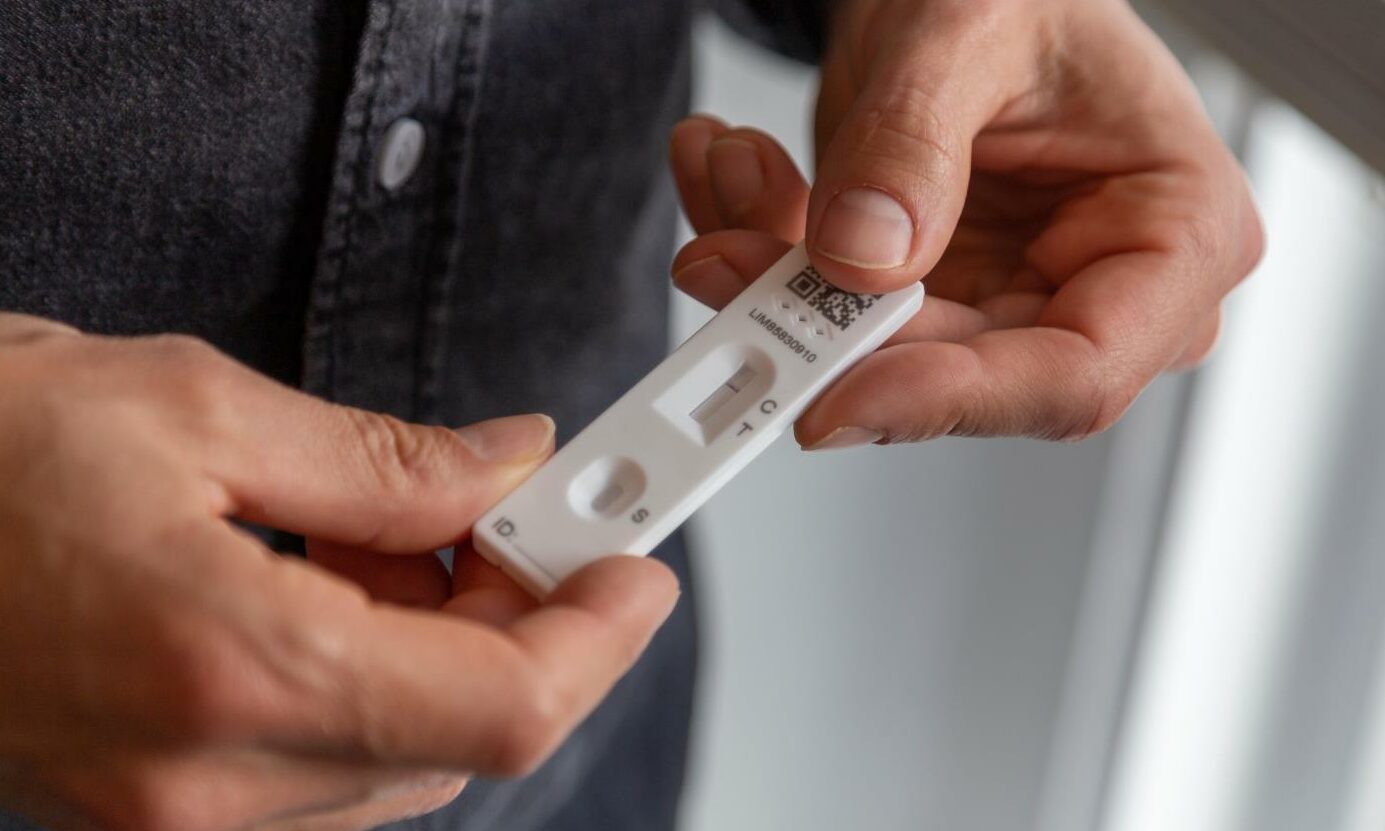
Hussain says: “It may be tempting to keep checking where the red line is every 30 seconds, but all this is going to do is work you up into a frenzy.
“Covid tests will not show an accurate result straight away, so it’s a waste of time and energy looking at the result until the right amount of time has gone by.
“Set a timer and only check it once the instructed amount of time has passed.”
